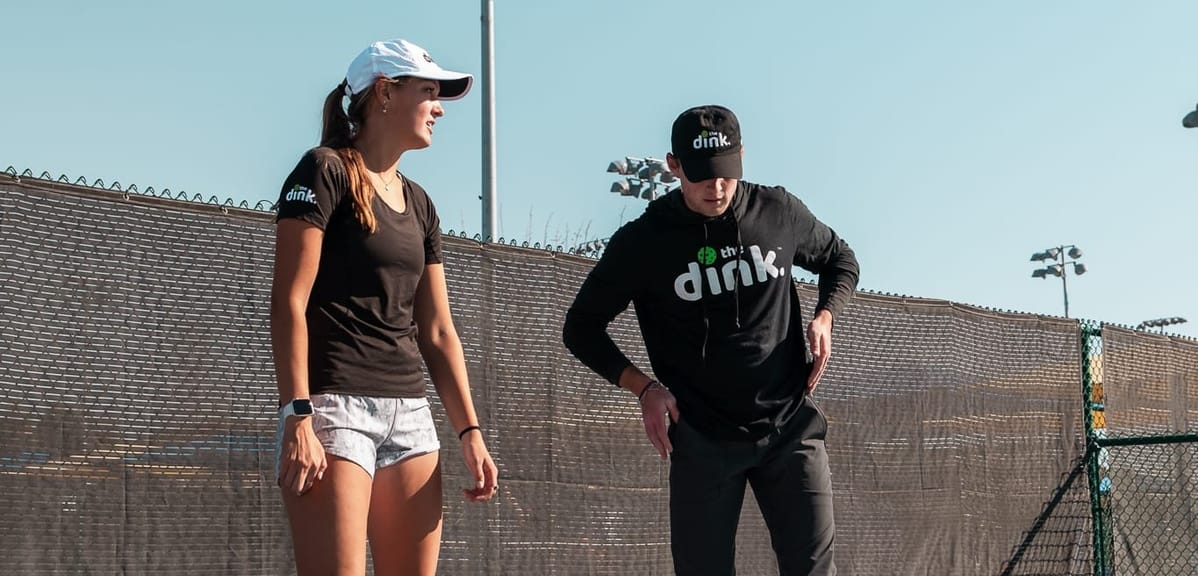
On a recent episode of This Pickleball Life, Jill Braverman (sponsored by Gamma) breaks down six questions she credits another pro, Allyce Jones, for introducing to her. She explains that these six questions help her prepare and strategize against any opponent.
Let's discuss those six questions and how they can help you prepare for your opponent.
The Six Questions
- Where are we returning?
- Where are we hitting our thirds?
- Who are we attacking in transition?
- What's our dink pattern?
- What combo of 1-2s do we want to put together?
- Where are we sitting on counters?
Let's discuss each.
#1. Where Are We Returning?
Returns are one of the most important aspects of the game. Asking your partner where you're going to direct your returns can set the tone for the entire rally. Generally, returns should aim to be deep, keeping your opponents back and minimizing their chance of rushing to the net.
However, there's more to it. Are you targeting the weaker player? Are you returning to the player who is better at crashing (to prevent them from being aggressive)? Understanding where you and your partner are returning gives you a chance to gain the upper hand right from the first hit.
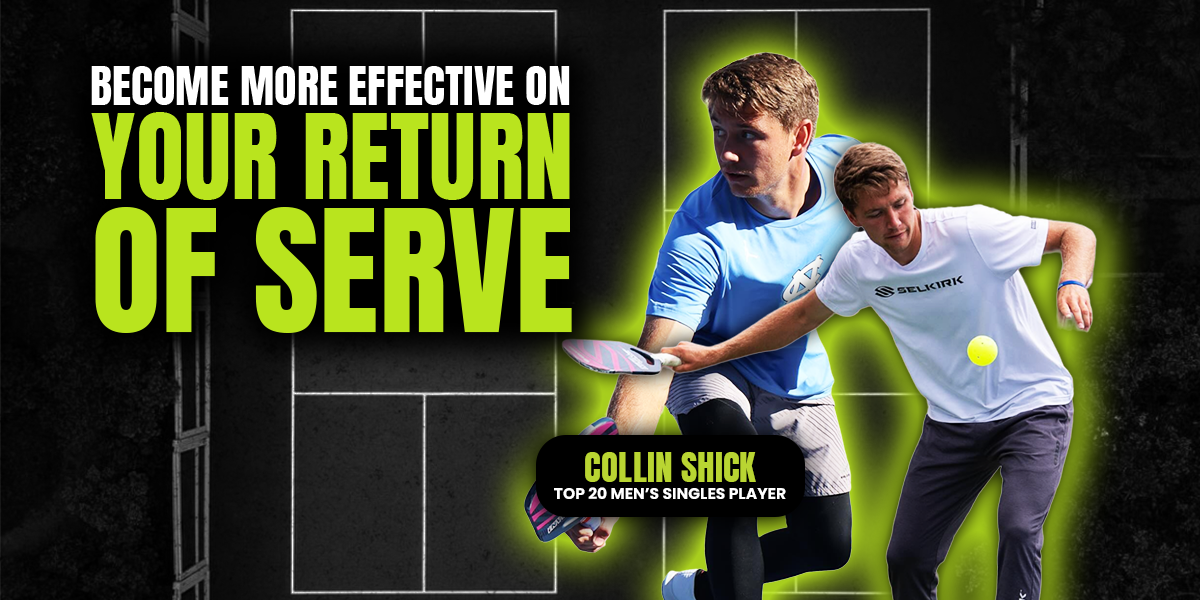
#2. Where Are We Hitting Our Thirds?
The third shot is arguably the most critical in pickleball. Whether you’re going for a drop or a drive, having a plan with your partner is crucial. This question helps clarify if you'll be playing more aggressively or if you're both aiming to neutralize the opponents with a soft third shot.
Discuss where you're hitting those thirds. Are you aiming for the opponent’s backhand? Are you dropping short or pushing it deeper? Knowing where your third shots are going can give you and your partner better court positioning and keep your opponents on their toes.
#3. Who Are We Attacking in Transition?
The transition zone is where the magic—and often the chaos—happens. Attacking the right player while moving forward through this zone can make or break your chances of winning the rally. Is one opponent weaker under pressure or less consistent when moving forward?
Having a game plan for who to attack when transitioning from the baseline to the kitchen can be a game-changer. It allows you and your partner to stay coordinated and avoid miscommunication, ultimately putting more pressure on your opponents.
#4. What’s Our Dink Pattern?
Dinking may seem like a small part of the game, but in higher-level play, it’s often the pathway to forcing errors. Establishing a consistent dink pattern with your partner means deciding in advance if you will dink straight across or use a crosscourt strategy.
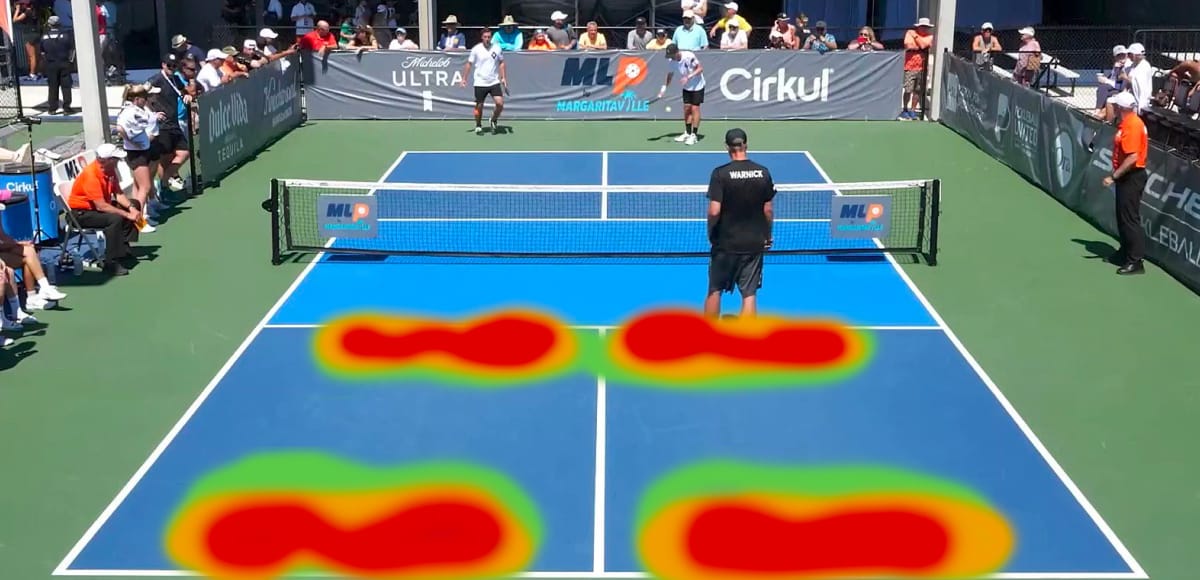
It also helps to ask: Are we aiming to speed up the rally after a few dinks? Is one of your opponents worse at defending speedups than the other? Identifying and sticking to your dink pattern allows you and your partner to control the point.
#5. What Combo of 1-2s Do We Want to Put Together?
Pickleball isn’t just about individual shots; it’s about shot combinations. A well-executed 1-2 combo can give you an edge over your opponents, whether it’s a drive followed by a drop or a series of dinks followed by an aggressive put-away.
Discussing which combos you want to execute keeps you both on the same page. Maybe your partner is stronger at setting up shots, while you're better at finishing them. Knowing who’s taking the lead at what moment makes you a more cohesive team and creates opportunities to outplay your opponents.
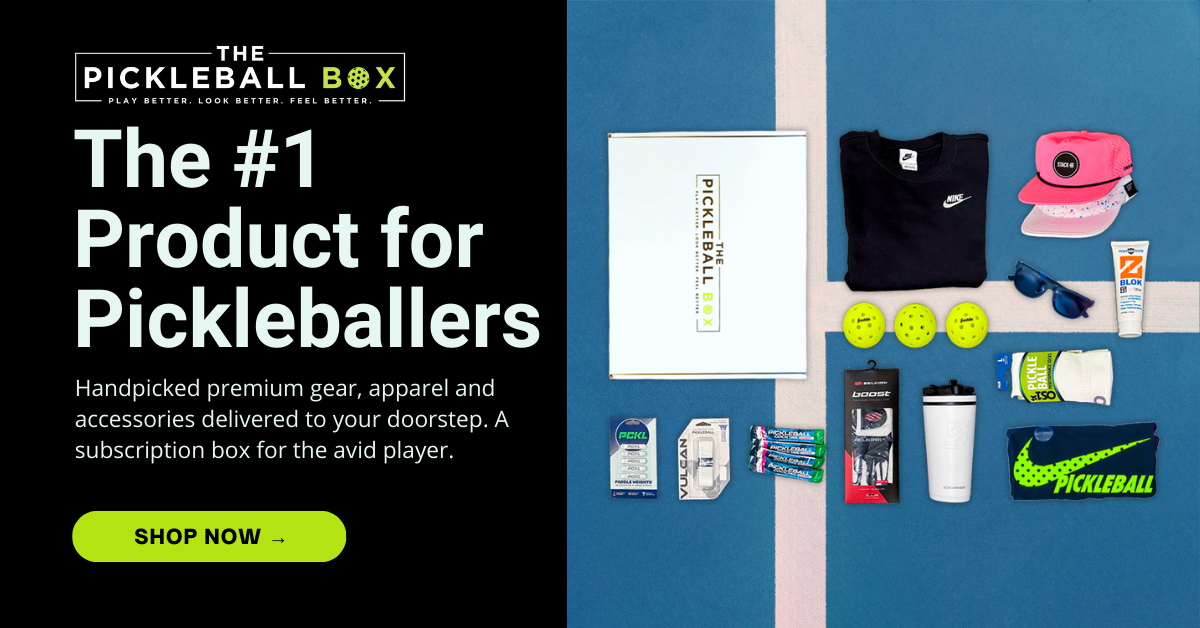
#6. Where Are We Sitting on Counters?
Most players have preferred spots to attack—some favor down the line, others aim for the middle. Once they’ve attacked from a spot, they’ll likely do it again. Note where they attacked (middle, forehand, or off the bounce) and how successful it was.
If it worked, be ready for a repeat by positioning yourself to counter more easily. Make them prove they can beat you from different angles instead of letting the same attack work multiple times.
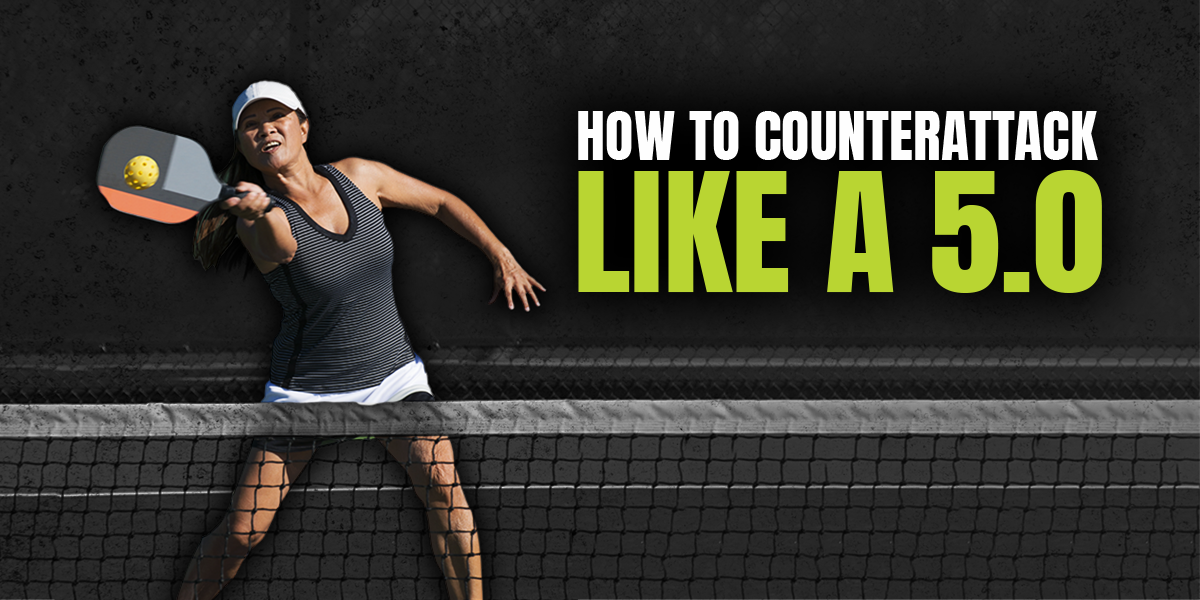
Conclusion
While these questions might seem simple, their impact on your gameplay can be significant. They provide a solid framework for communication with your partner and help you go into every match with a clear strategy.
And if two top pros like Jill Braverman and Allyce Jones use these questions to dominate on the court, why not try them in your next game?
By making these six questions part of your pre-match routine, you and your partner will be better prepared, more coordinated, and ready to take on any opponent.
Catch the full episode of the podcast here:


Love Pickleball? Join 100k+ readers for free weekly tips, news & gear deals.
Subscribe to The DinkGet 15% off pickleball gear at Midwest Raquet Sports













